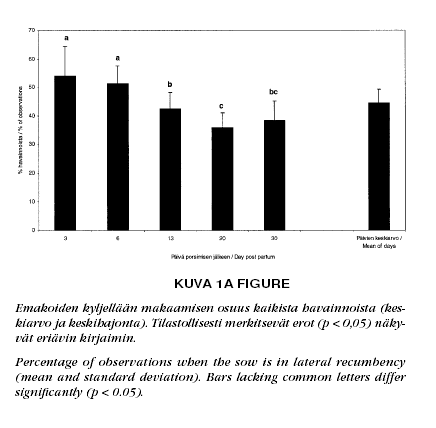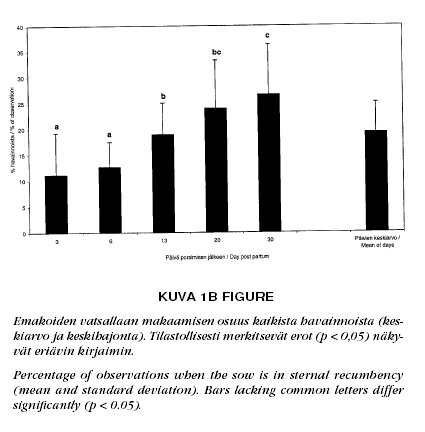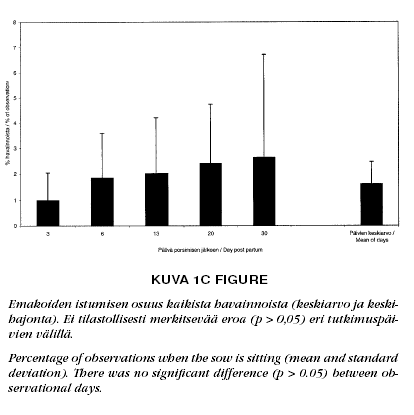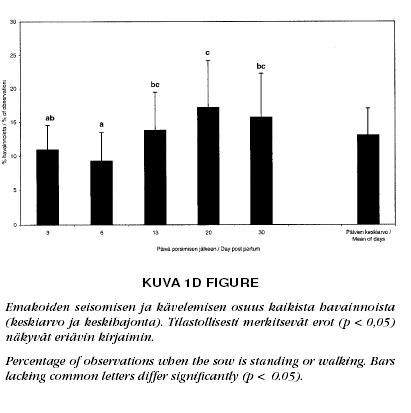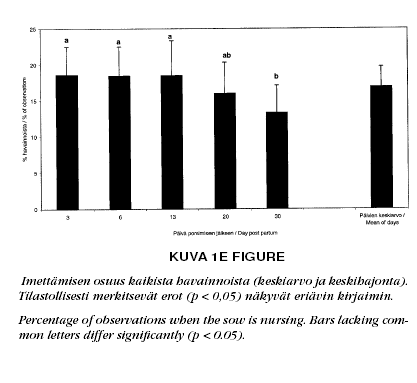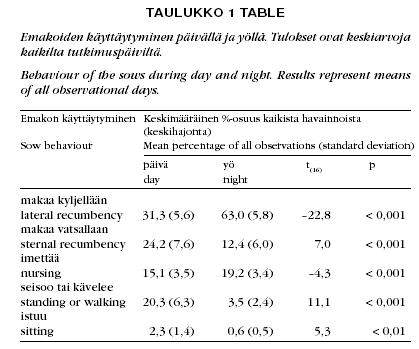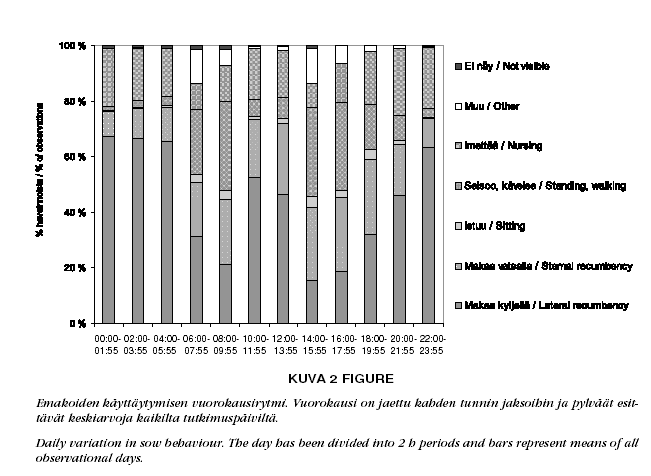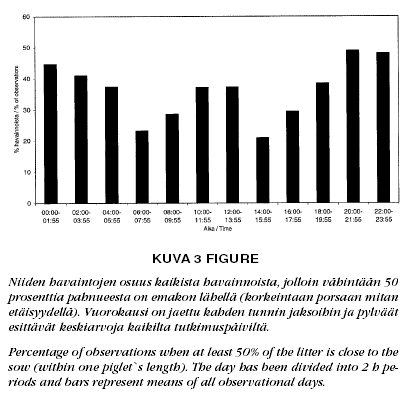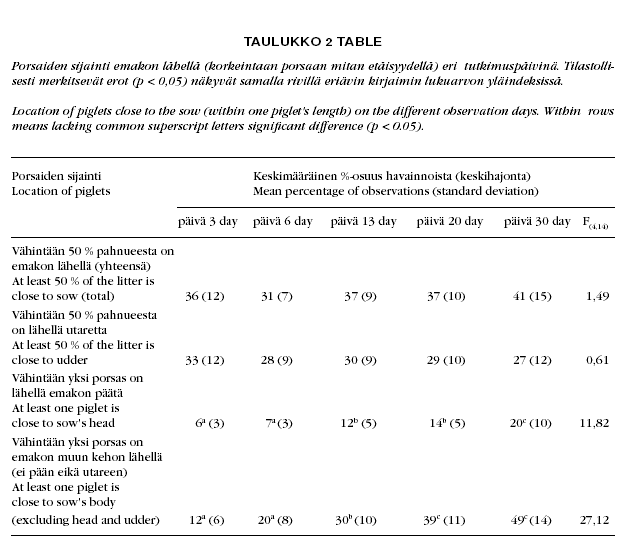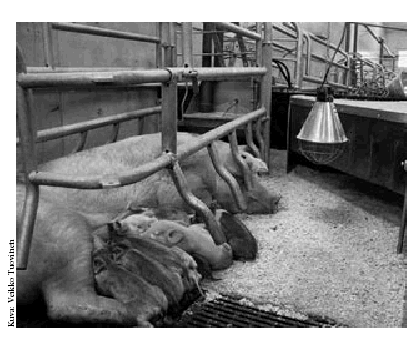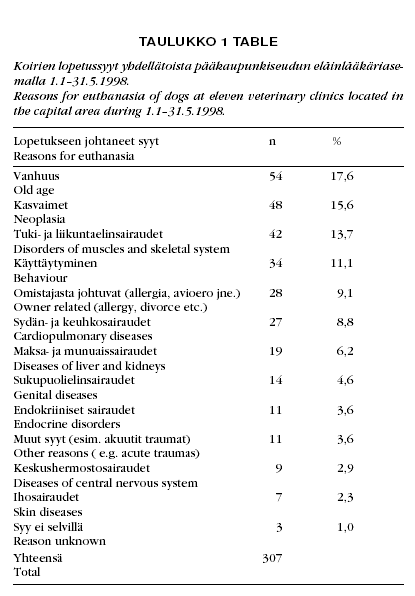
The purpose of this study was to specify the reasons of euthanasia of pet dogs and the role of behaviour problems as a reason of euthanasia. A further aim was to find out what kind of behaviour problems led to euthanasia, and what the possible risk factors, such as size and sex, are. The data of 307 euthanized dogs were collected by using forms, which were sent to veterinary clinics. The main reason of euthanasia was old age (18 percent); the next most common causes were neoplasia (16 percent) and diseases of musculoskeletal system (14 percent). Behaviour problem was the fourth common reason of euthanasia (11 percent). Aggression towards people was the most common behaviour problem, which appeared in over half of the dogs euthanized for behaviour reasons, almost half of these dogs being aggressive especially towards children. Aggression towards other dogs was found in 35 percent and separation anxiety in 24 percent of dogs with behaviour problem. The sex of the dog seemed to be no risk factor, but the size of the dog was. Dogs euthanized for different reasons were divided almost half and half in small and large dogs. Of the dogs euthanized for behaviour reasons, clearly the majority was large sized.

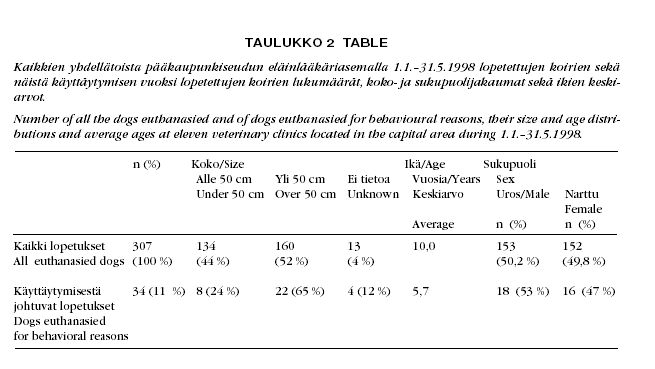
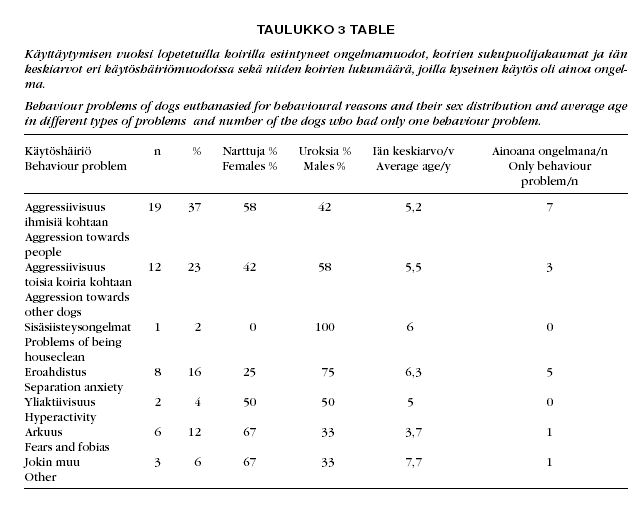
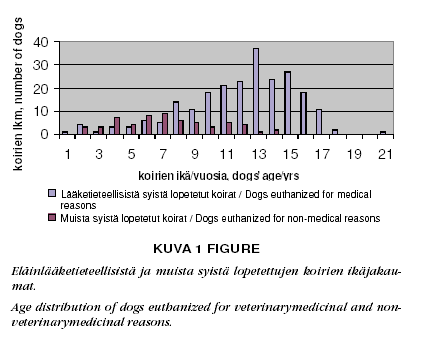
The goal of this study was to describe the behaviour of sow and piglets during the lactation period, especially changes in behaviour between different stages of lactation and behavioural differences between night and day. In addition, we investigated how behaviour of the sow and her piglets relate to each other. Twenty-one sows and their litters were videotaped on days 3, 6, 13, 20 and 30 post partum. From the videotapes we recorded the behaviour of the sow (lateral recumbency, sternal re-cumbency, standing or walking, sitting, nursing and other behaviour) and the location of the piglets near the sow by 5-min interval samp-ling.
Sows spent more time in lateral recumbency at night than during daytime (p < 0.001). Percentage of observations of lateral recumbency decreased and percentage of observations of sternal recumbency in-creased with proceeding lactation (p < 0.001). During the same period observations of standing or walking increased (p < 0.01). Observations of nursing behaviour decreased towards the end of lactation (p < 0.01). Location of piglets near the sows head and body increased towards the end of lactation (p < 0.05). An increased activity of the sow between days 6 and 13 might suggest an increase in the sow`s motivation to get away from the pen and join the other sows.
